1.
A Different Kind of Scheduling May Help Improve Your Grant Proposals
by Jayme Sokolow
As grant proposal professionals, we are very focused on schedules. In fact, it is one of the first things we do when making a decision to bid.
There is, however, another kind of scheduling that we often slight when developing proposals, and that is our own schedules.
According to Mason Currey’s Daily Rituals: How Artists Work (2014), we might learn something about how creative people structure their days by studying the lives of artists.
Around 1822, Ludwig van Beethoven usually slept eight hours and upon waking carefully ground 60 coffee beans (some say 57) for his morning coffee. He then composed for eight hours, had dinner with wine, took a long, vigorous walk with a pencil and blank sheet music, stopped at a tavern to read the newspaper, and then ended his day with a simple supper followed by a beer and a pipe.
In 1852, Victor Hugo slept eight hours and liked being awakened by the daily gunshot from a nearby fort. He drank freshly brewed coffee and ate two raw eggs while composing a letter to his mistress. He then wrote for five hours, took an ice bath on the roof of his house, and then entertained guests and had lunch.
Afterwards, he did strenuous exercises on the beach, visited his barber, went on a carriage ride with his mistress, and ended the day with a combination of letter-writing, dinner, and cards at his mistress’s house with friends.
While I would not recommend that anyone follow the specific schedules of any artists described in Currey’s book, I do think we can learn some things about scheduling from these artists.
Despite the variety of their routines, they all balanced a regimen of sleeping, eating, exercising, and socializing with family and friends with work. They lived busy but not frantic lives.
Perhaps a different kind of scheduling can help make us better proposal professionals … and more fulfilled adults.
=-=-=-=-=-=-=-=-=-=-=-=-=-=
Dr. Jayme Sokolow, founder and president of The Development Source, Inc.,
helps nonprofit organizations develop
successful proposals to government agencies
Contact Jayme Sokolow..
=-=-=-=-=-=-=-=-=-=-=-=-=-=
Look for Jayme’s ebook on
Finding & Getting Federal Government Grants.
It’s part of
The Fundraising Series of ebooks
They’re easy to read, to the point, and inexpensive ($1.99 – $4.99)
=-=-=-=-=-=-=-=-=-=-=-=-=-=
2.
A For-Profit Salesperson’s Guide to Getting a Job in Non-Profit Development
by Tony Poderis
During the past decade or so there have been a considerable number of sales and marketing professionals losing their jobs due to “downsizing” of their companies … and the poor state of the economy in general. Many have asked me how they might be able to make the transition from sales to development.
The primary and most direct way for sales professionals to obtain positions as development professionals in non-profit organizations is for former sales professionals to promote and demonstrate their sales skills and experience as relevant to what they would do in a non-profit development setting. Maybe that’s your current goal.
When transferring your for-profit skills to the non-profit world, you must adjust your jargon accordingly: use “Development Speak”—in terms of donors, not customers; fundraising goals, not sales quotas; solicitations and proposals, not sales presentations; constituency, not market area, etc.
If you want to transfer your skills to a non-profit setting, then you must work to transfer the terminology as well if you want to command attention and interest. For your additional language changeover procedure, observe and utilize the “same-as,” and “not-so-same-as” elements comprising commercial sales plans and non-profit fundraising plans, as is shown on the comparison matrix.
This for-profit to non-profit comparison of sales and development components should encourage you to realize that your for-profit experience and skills will work in a non-profit setting.
Now you need to convince the non-profit interviewer and her or his associates. Just remember to cite the many line-item similarities and to be at home with the simple differences in terminology for the others that function much in the same way.
Perhaps with a more open mind and a change in attitude, non-profits can directly help to promote a new, readily available, and most promising pool of development professionals. Non-profit officials can take on a new and enlightened view of what it takes to be a fund-raising development officer.
Non-profit organizations can more quickly, and with confidence, seriously consider what experienced, competent, capable, and customer-oriented sales professionals can bring to the organizations’ attraction of charitable funds.
By hiring such professionals—the ones whose sales methods and techniques will surely never compromise the integrity of their organizations—those non-profits can greatly relieve the often arduous, and sometimes fruitless, search for good development professionals.
=-=-=-=-=-=-=-=-=-=-=-=-=-=
Have a question or comment about the above posting?
You can Ask Tony.
There is also a lot of good fundraising information on his website:
Raise-Funds.com
=-=-=-=-=-=-=-=-=-=-=-=-=-=
Have you seen
The Fundraising Series of ebooks ??
They’re easy to read, to the point, and inexpensive ($1.99 – $4.99)
=-=-=-=-=-=-=-=-=-=-=-=-=-=
If you’re reading this on-line and you would like to comment/expand on the above, or would just like to offer your thoughts on the subject of this posting, we encourage you to “Leave a Reply.”
 Sections of this topic
Sections of this topic

















